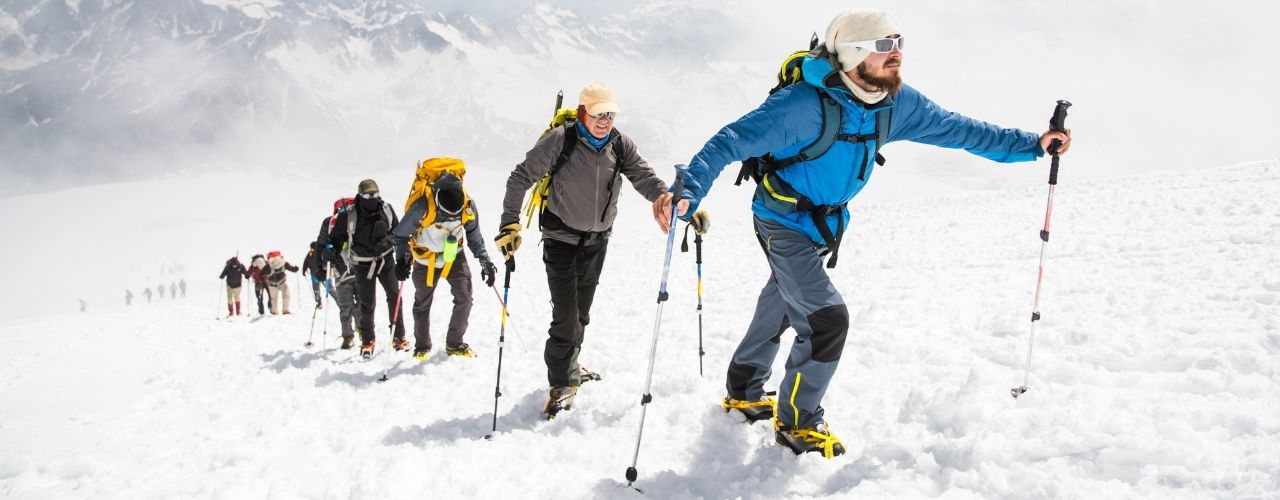Mountaineering is an exhilarating sport. There’s nothing more rewarding than making it to the summit after a long, exhausting climb and getting to admire the sweeping view. But before you start climbing, it’s important to know the health and physical challenges you might face. Mountaineering, like any sport, comes with its own set of risks. In familiarizing yourself with these risks, you’ll be able to take the precautions needed to keep yourself safe during your next climb. Let’s check out some of the top safety tips for mountaineering.
Plan Your Climb
Whether you’re going for a short climb or a month-long expedition, take the time to plan out your route and prepare supplies. Planning will contribute to a safer and more enjoyable ascent and can even help you ascend higher than you initially thought. Along with carefully planning your ascent, you’ll want to double-check your kit before you leave. You don’t want to discover you’ve left all your food and extra clothes at home when you’re halfway through your climb.
Use the Right Gear
Another top safety tip for mountaineering is to use the right gear. When it comes to clothes, you’ll want to wear something that’s fitted yet flexible enough that you can move around freely. Choose well-fitted shoes and boots which provide you with adequate ankle support. Dress according to the weather. If it’s warmer out, dress in lighter clothes. For colder weather, make sure to bring along a coat and other insulated gear. You should also bring something to keep the sun out of your eyes, like a brimmed hat or sunglasses.
The type of climbing equipment you’ll need depends on the length and type of your climb. Certain gear—including mountaineering boots, crampons, a climbing helmet, and an ice axe—are standard for almost every type of mountaineering climb. If you’re climbing a steeper mountain, make sure you have ascenders and descenders for your rope. They’ll keep you safe in case of an slip-up. If you’re planning to climb something unique, like a glacier, make sure to bring along a rope, harness, and crevasse rescue equipment, which protects against crevasse falls.
Be Prepared for Emergencies
We don’t like to think about accidents, but the truth is, they can happen to anyone. Take the time to prepare yourself for different types of emergencies. Training will make it easier for you to react without thinking and get yourself and others to safety when a real emergency occurs. Always have your phone, a radio, or a different kind of communication device on hand when you’re mountaineering. You’ll also want to have a personal first aid kit on hand, along with some basic first aid training. Training courses are affordable, easy to learn, and short, so don’t let time or money commitments hold you back.





